YOUR BROWSER IS OUT-OF-DATE.
We have detected that you are using an outdated browser. Our service may not work properly for you. We recommend upgrading or switching to another browser.
Date: 19.08.2024 Category: international cooperation, science/research/innovation
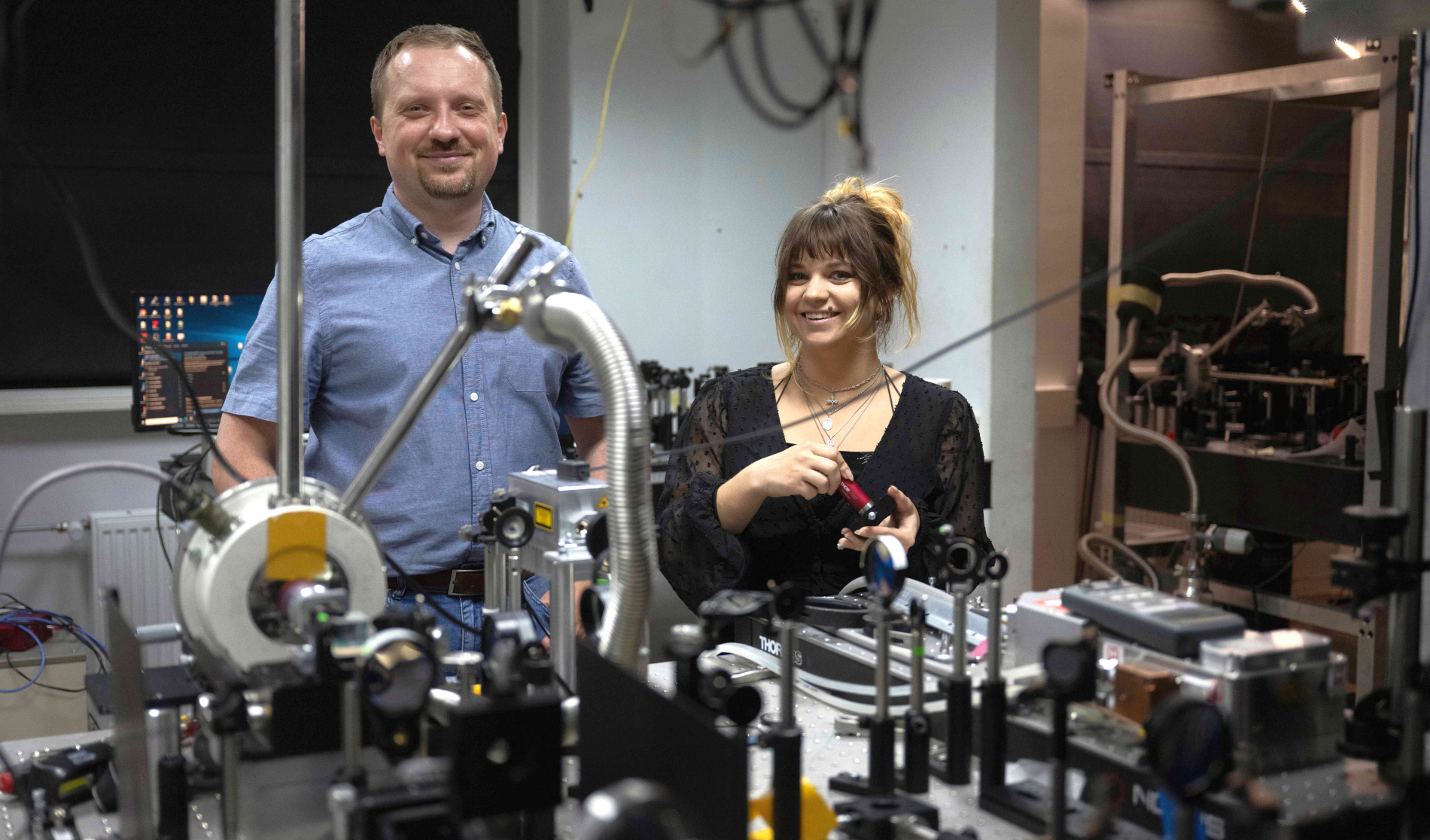
A team of scientists working at the Faculty of Fundamental Problems of Technology, led by Maciej Pieczarka, PhD, DSc, offered a completely new perspective on the principles of semiconductor lasers. The results of their discovery, which is highly important from the laser physics viewpoint, have just been published in the journal “Nature Photonics”.
Entitled “Bose-Einstein condensation of photons in a vertical-cavity surface-emitting laser”, the paper was written in close collaboration with well-known, in Poland and internationally, scientists working in the field of laser physics in the Photonics Team at the Institute of Physics of the Technical University of Łódź: Prof. Tomasz Czyszanowski, Marcin Gębski, PhD, and Michał Wasiak, PhD, DSc.
The originator of the study, whose results were described in “Nature Photonics”, was Maciej Pieczarka, PhD. It was conducted under a Sonata grant from the National Centre for Science, which he oversees. The design of the experiment and the experiment itself were performed in the laboratories of Wrocław University of Science and Technology by Pieczarka, PhD and doctoral student Aleksandra Piasecka.
“We carried out our research using a device that is virtually indistinguishable from those currently applied in industry, e.g. in smartphones, telecommunications, etc,” says Maciej Pieczarka, PhD. “The observation of Bose-Einstein condensation of light in such a device means a completely new insight into the principles of semiconductor lasers!
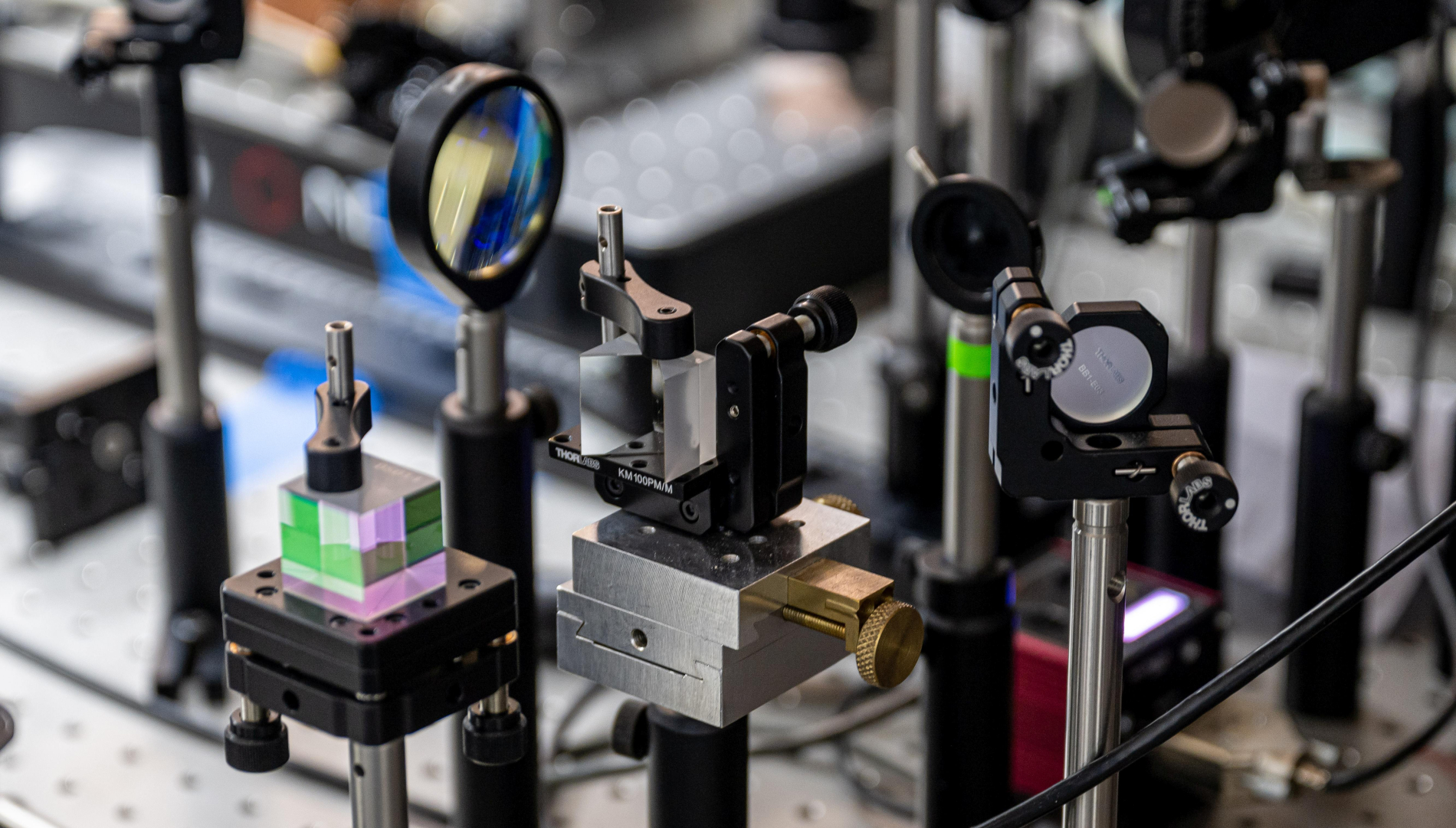
The current principles behind these lasers consist in the so-called achievement of population inversion in the laser's active region, so that light trapped in the laser cavity can be amplified by a stimulated emission process. In laser action, the amplified light (photons) has the same phase and wavelength, which gives the light beam its characteristic properties. In their project, our researchers chose a laser with a different spectral alignment than usual between the active region's wavelength and the laser resonator's wavelength.
“Interestingly, such alignment is usually avoided in industrial use to prevent the device from a slightly inferior performance,” explains Dr Pieczarka. “Under these conditions, spontaneous emission and absorption in the laser caused the photons trapped in it to 'thermalize', i.e. behave like a gas at a given temperature that is trapped in a box.
By increasing the driving current, i.e. also the number of photons in this gas, Wrocław Tech scientists caused them to condense to the lowest-energy laser mode, i.e. to form a Bose-Einstein condensate at room temperature. All of this happens under conditions where there is no population inversion in the laser.
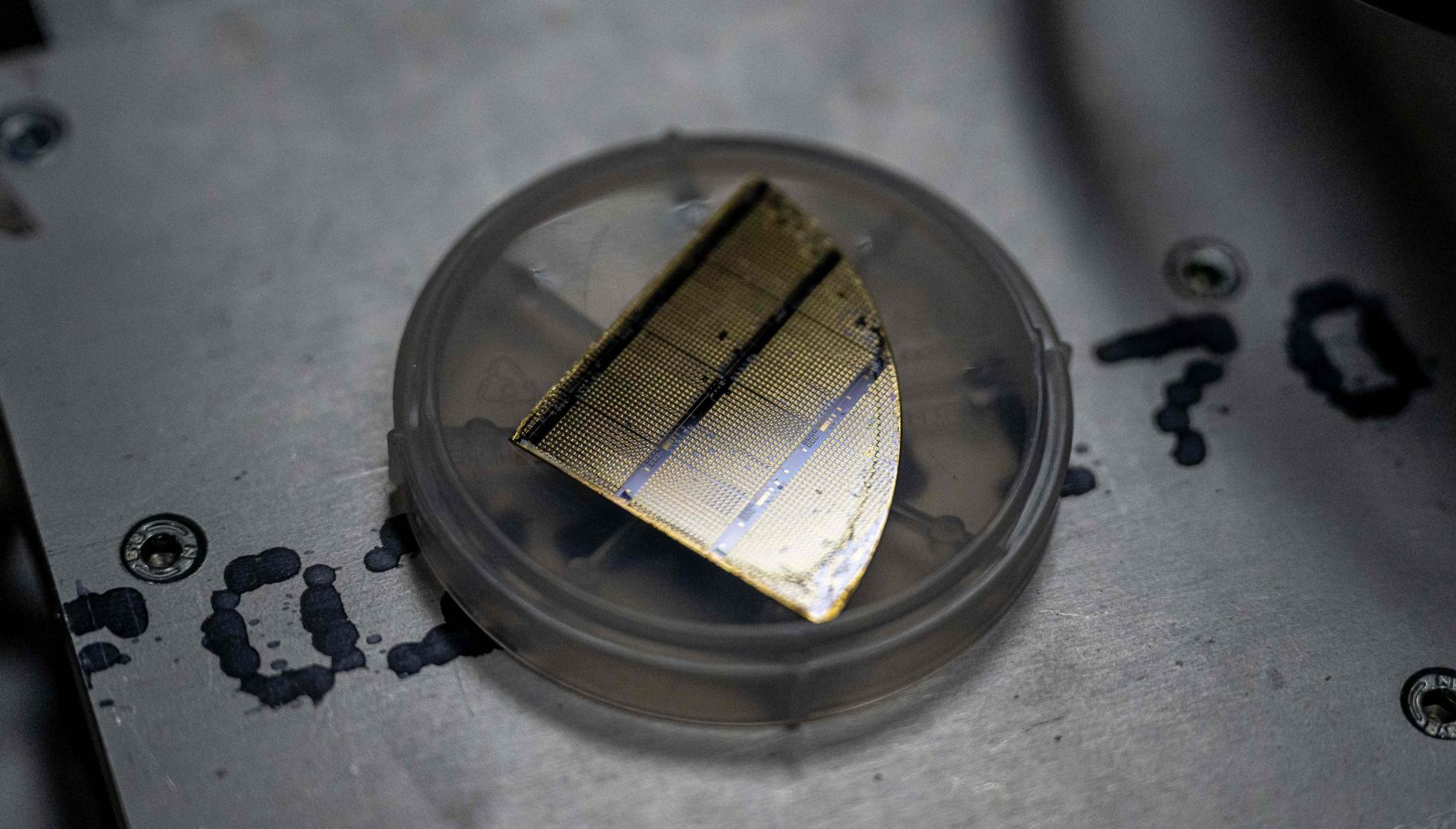
“It’s important from a physics point of view, as well as from an application point of view because the emission from such a photon condensate also has similar properties as if the laser were operating under classic conditions,” explains Dr Pieczarka. In this case, however, the mechanism of operation is completely different.
In addition, researchers from Wrocław Tech’s Faculty of Fundamental Problems of Technology investigated the thermodynamic properties of the photon gas. “We verified that the photons in our laser behave exactly like a textbook boson gas with a well-defined temperature,” says Aleksandra Piasecka from W11. “We measured the parameters of the so-called equation of state of the gas, confirming compliance with the fundamental theory.”
Maciej Pieczarka, PhD, Eng explains that no one yet knows exactly what the properties of lasers operating in this mode will be, as it is a completely new field of science. In addition to the sheer physical phenomenon, which is extremely interesting, this mode of laser operation also has enormous application potential. “VCSEL lasers with a large active aperture (the Wrocław Tech laser had an aperture of 23 micrometres) are known to emit multimode light,” says Dr Pieczarka.
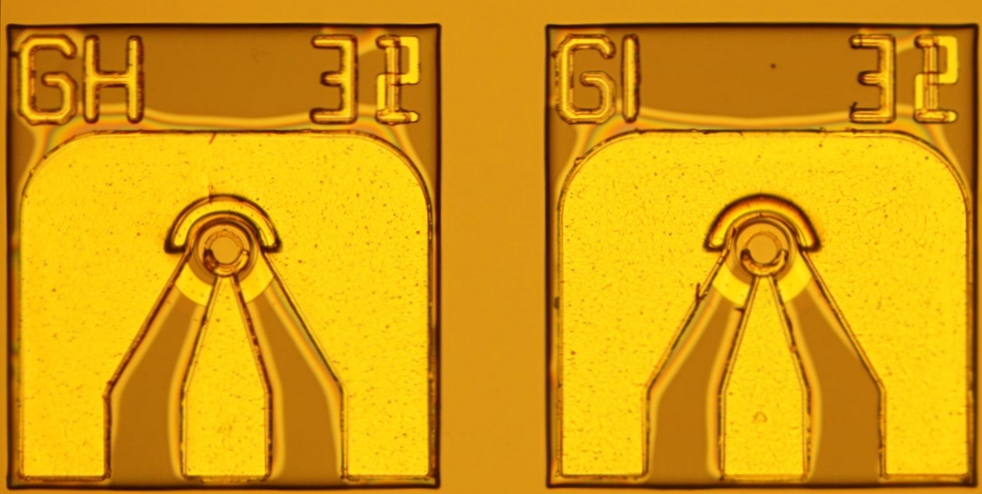
This means that they give off light in several different wavelengths at the same time, which limits their properties, such as emission stability. It is a well-known limitation of large-scale VCSEL lasers. “In contrast to the current state of the art, our laser condensed light, rather than lased, to a single wavelength, solving this technological problem,” explains the W11 researcher.
Optimisation of lasers operating in Bose-Einstein condensation mode could allow much better beam performance, coherence, and stability of such lasers. Such properties of large-area lasers are crucial in applications including LiDAR-type systems used in autonomous vehicles.
A large group of laser physics specialists and experts from Poland and abroad were involved in the development of the paper.
The laser structure, which our scientists studied, was designed by Prof. James A. Lott of the Technische Universität Berlin. It was then provided to the Technical University of Łódź. “There, Marcin Gębski, PhD carried out several technological modifications, including the design of the final shapes and geometries of the lasers and the execution of a multi-stage technological process, such as precision photolithography,” describes Dr Pieczarka.
It was in this time-consuming and multi-step process that a plate with some 1,800 laser devices to be tested was made. It came to Wrocław thanks to the collaboration with the group headed by Prof. Tomasz Czyszanowski of the Technical University of Łódź.
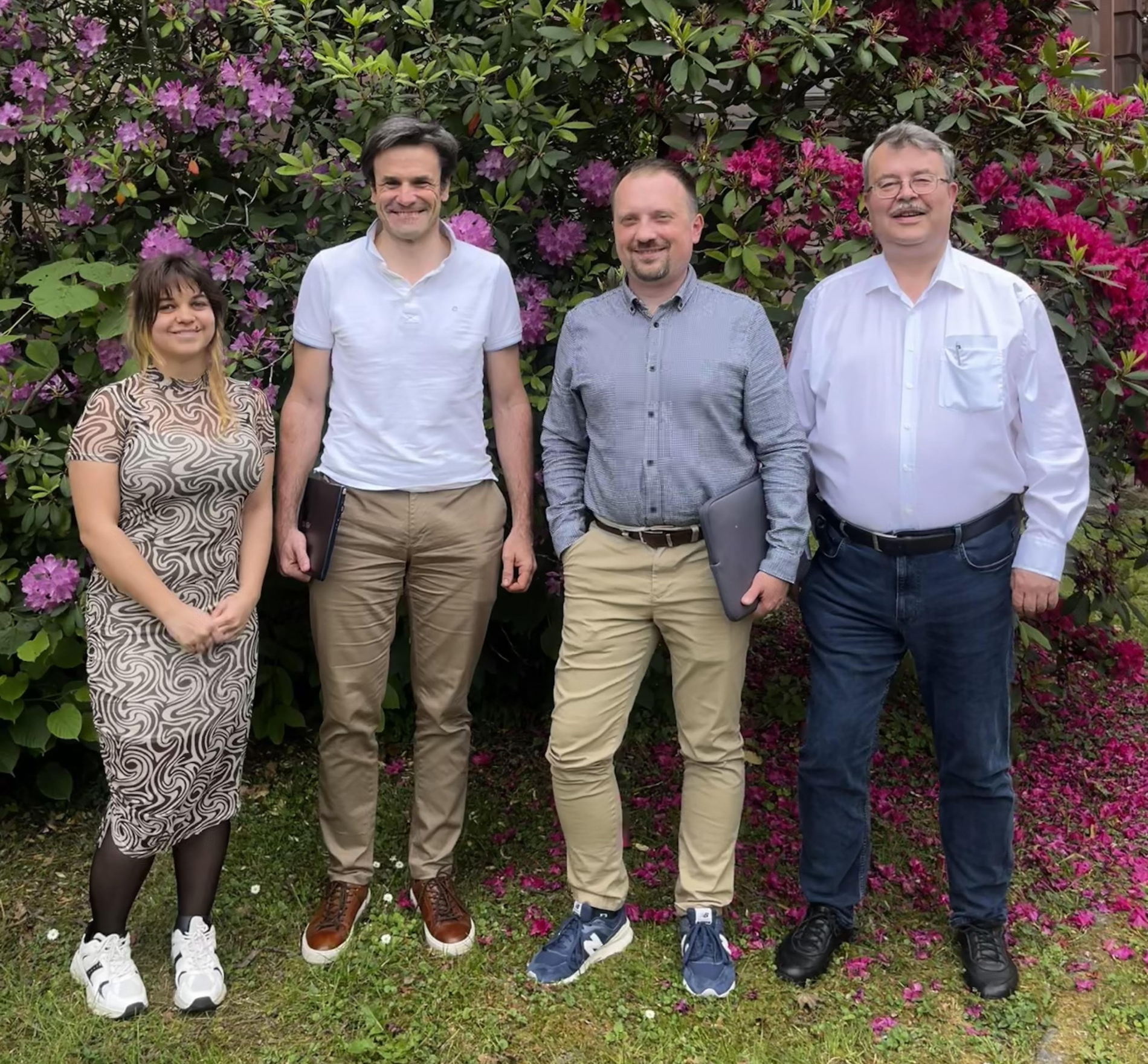 From left: Aleksandra Piasecka, prof. Tomasz Czyszanowski, Maciej Pieczarka PhD DSc Eng, prof. Axel Pelster at conference in Bad Honnef (Germany).
From left: Aleksandra Piasecka, prof. Tomasz Czyszanowski, Maciej Pieczarka PhD DSc Eng, prof. Axel Pelster at conference in Bad Honnef (Germany).
“We performed all experiments on it in the laboratories of Wrocław University of Science and Technology using specialised techniques for spectral imaging of the modes in the lasers under study,” says Aleksandra Piasecka. “We checked the emission from the VCSEL lasers spatially and as a function of the angle at which the photons were emitted, so we could reproduce all the properties of our gas, i.e., for example, the momentum of the particles, as well as their energies, and spectral distribution.
Also, theoretical support for the scientists from Wrocław University of Science and Technology was provided by Prof. Axel Pelster from RPTU Kaiserslautern. He is a renowned theoretical physicist in the field of so-called ultracold quantum atomic gases, specialising, among other things, in the topic of Bose-Einstein condensation in such systems.
As an additional curiosity, even before submitting his paper for publication, Dr Pieczarka attended the CLEO 2023 conference in Munich, where he met Dr Ross Schofield from Prof. Rupert Oulton’s group working at Imperial College, London, who presented the same results obtained at the same time, but in a slightly different open-cavity laser system.
The two groups decided not to race and compete as to who would be the first to publish their results but to work together and send them for review at the same time. “The articles were therefore considered at the same time and now published simultaneously in Nature Photonics,” says the W11 researcher. “This only reinforces the significance of our finding, as it was confirmed by two independent groups whose work shows different aspects of the same effect that is so important.
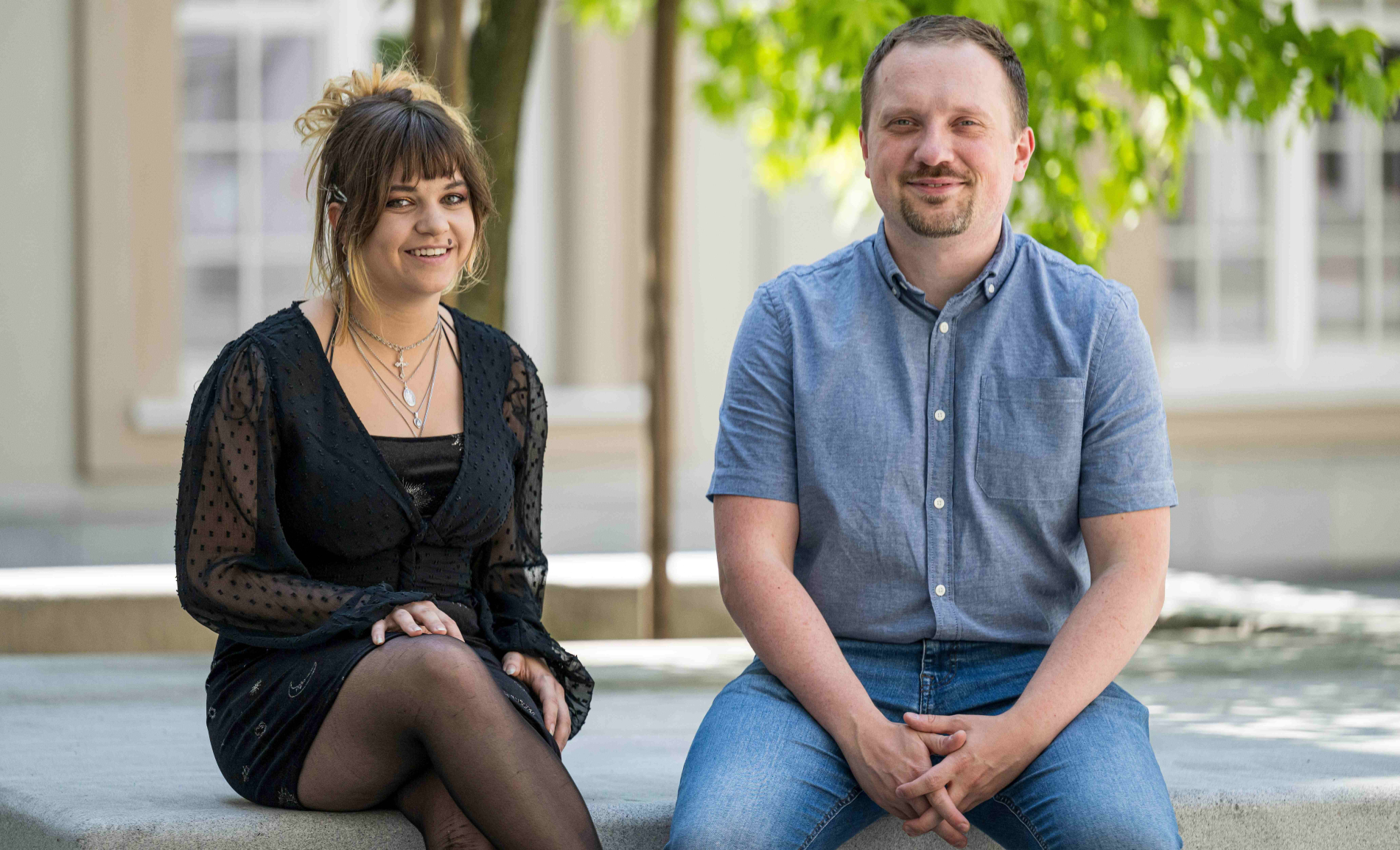
Maciej Pieczarka, PhD, DSc, Eng is an assistant professor at the Department of Experimental Physics at the Faculty of Fundamental Problems of Technology. He is concerned with the topic of Bose-Einstein condensation in photonic systems, mainly in quantum systems of exciton-polariton liquids, and more recently also in ordinary lasers. He is interested in the fundamental properties of such condensates and modern lasers.
Aleksandra Piasecka, MSc, Eng, a doctoral student in the Doctoral School in the field of physical sciences, is working on her doctoral thesis at the Faculty of Fundamental Problems of Technology under the supervision of Maciej Pieczarka, PhD, DSc, Eng. Her research focuses on understanding the fundamental properties of lasers operating in Bose-Einstein condensation mode.
Our site uses cookies. By continuing to browse the site you agree to our use of cookies in accordance with current browser settings. You can change at any time.